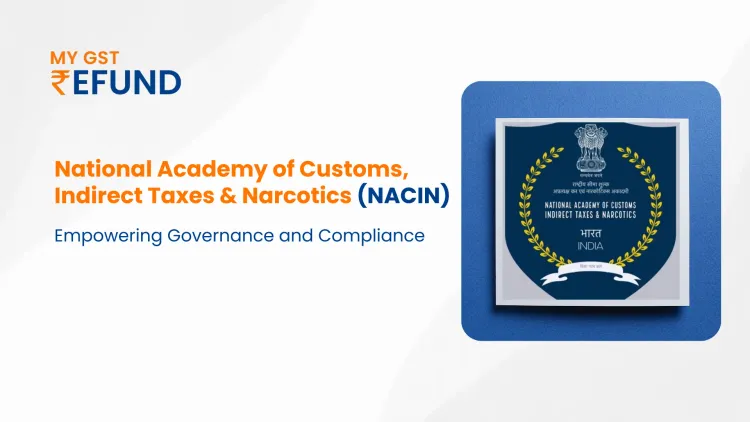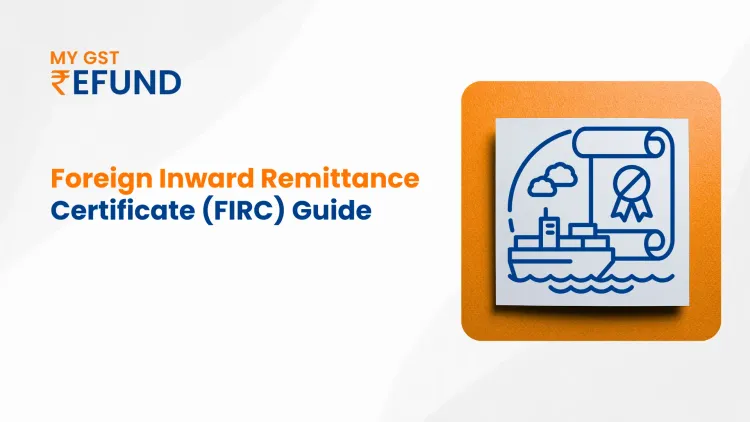Customs Refund Automation Application and Processing - CBIC Notifies
Circular No. 05/2025-Customs, dated February 17, 2025, issued by the Central Board of Indirect Taxes and Customs (CBIC), details the Automation of Refund Application and Processing in Customs. This is a significant step in enhancing operational efficiency, reducing delays, and simplifying the overall refund procedure for Customs-related transactions. Below is a detailed analysis of the circular:
1. Background and Purpose of Customs Refund Automation Application and Processing
The circular aims to transition the Existing manual process of filing refund applications in Customs to an automated, electronic system. This step is part of a broader initiative to streamline Customs procedures, boost trade facilitation, and reduce the human intervention required in handling refund claims.
2. Key Features and Changes Introduced in Customs Refund Automation
Automation of the Refund Process:
- Refund applications can now be filed online via the Customs Automated System. The system will handle submission, processing, and tracking, thereby replacing the manual submission and physical paperwork.
- The automated system is expected to significantly reduce the turnaround time for processing refunds and ensure a more transparent and streamlined experience.
Reduction in Processing Time:
- With automation, the processing of refunds will be quicker, minimizing any delays in getting refunds back to exporters or importers.
Tracking and Monitoring:
- The new system will allow stakeholders to track the status of their refund applications in real time. It will also be easier to monitor the progress of their claims, offering more transparency and better communication.
3. Manual vs. Customs Automated Refund Application Process
Transitional Period:
- Until March 31, 2025, Customs will accept both manual and online refund applications. This provides stakeholders with the flexibility to transition gradually.
- After March 31, 2025, manual applications will be entirely phased out, and only online/electronic applications will be accepted.
4. Benefits of Customs Refund Automation
- Efficiency: By eliminating paperwork and manual intervention, the process will be faster and more efficient.
- Transparency: Automated systems offer better monitoring capabilities, allowing applicants and Customs officers to track the status of refund applications.
- Cost Reduction: This shift to an online system reduces the operational costs associated with manual handling.
- Consistency and Accuracy: Automation reduces human errors in the processing and calculation of refunds, ensuring more consistent and accurate results.
5. Impact on Stakeholders of Customs Refund Automation
For Importers/Exporters:
- The automated system will make the refund application process smoother, allowing businesses to focus on their operations rather than dealing with time-consuming procedures.
- Real-time tracking will allow businesses to anticipate when they will receive refunds, improving their cash flow and reducing uncertainty.
For Customs Authorities:
- The automated system will free up resources that were previously dedicated to manually processing refund applications, allowing officers to focus on more critical tasks.
- There will be reduced chances of human errors and a decrease in the possibility of fraudulent claims.
Pro Tip: Use our Custom Health Checker Tool
6. Future Plans and Considerations
This initiative is part of a larger move toward the digitalization of Customs processes. The broader plan is to have all Customs procedures fully automated by mid-2026, which will further enhance compliance and reduce the time and cost of doing business.
7. Key Dates and Deadlines
- Until March 31, 2025: Stakeholders can file refund applications either manually or electronically.
- After March 31, 2025: Only electronic refund applications will be accepted. Manual applications will be phased out.
8. Final Thoughts
The Customs Automation of Refund Application and Processing aims to:
- Simplify the procedures for Customs refunds.
- Increase the transparency and accountability of the process.
- Align with global best practices in Customs processing.
- Contribute to India's larger digital transformation efforts, boosting trade facilitation and improving ease of doing business.
Pro Tip: Use our GST Refund Calculator to easily calculate your refund and simplify the GST process. Whether you want to know your refund amount or check its status, our tool makes it simple to know your GST refund quickly and accurately.
Conclusion
This change is expected to benefit a wide range of stakeholders by improving efficiency, reducing delays, and enhancing the accuracy of refund processing. However, businesses and stakeholders must prepare for the full transition to electronic filing by ensuring they are familiar with the new system before the deadline of March 31, 2025.
For more details on the specific steps to use the automated refund application process, businesses should consult the official CBIC circular or the relevant Customs guidelines on their portal.
Related Posts








